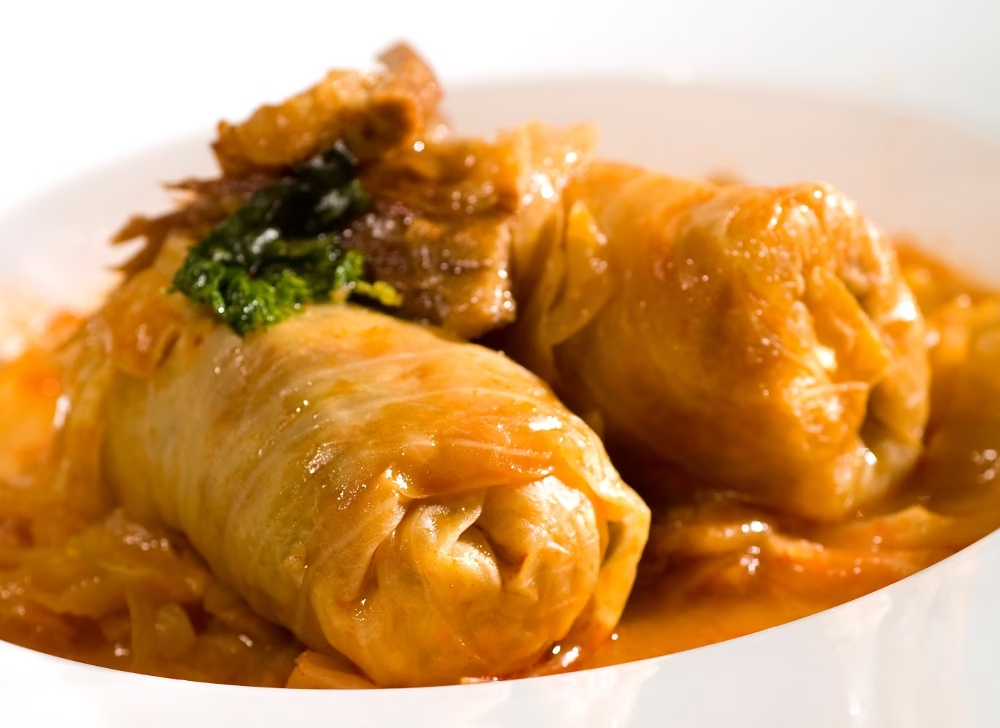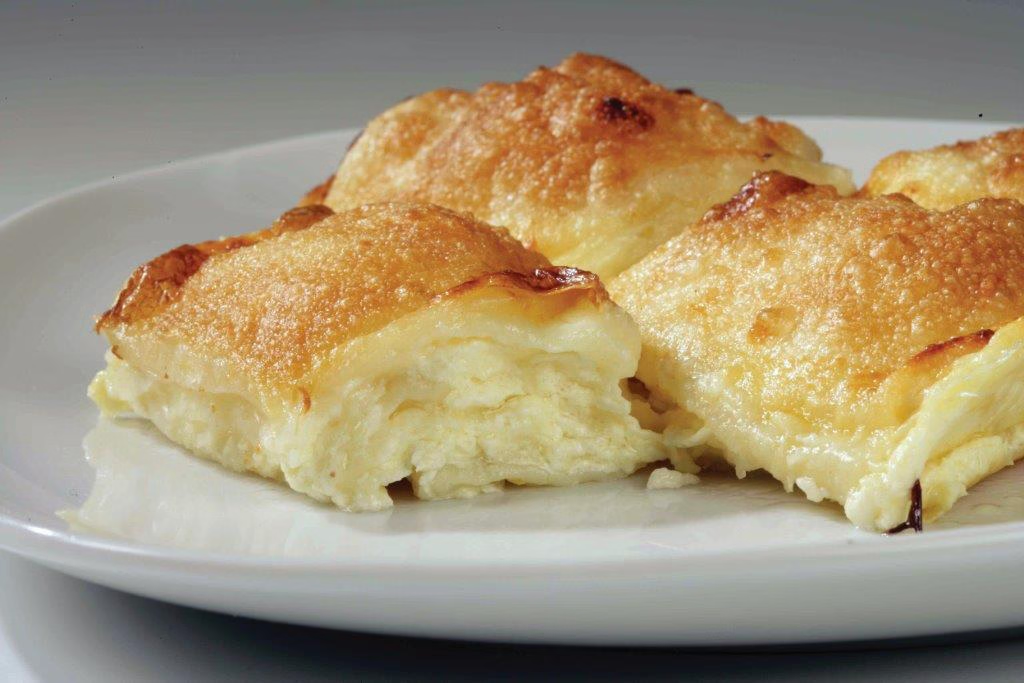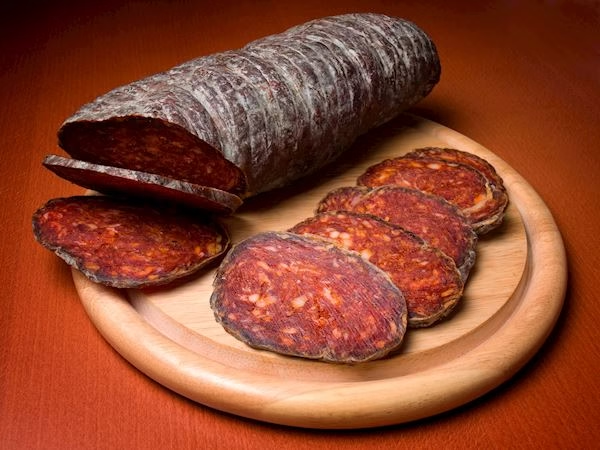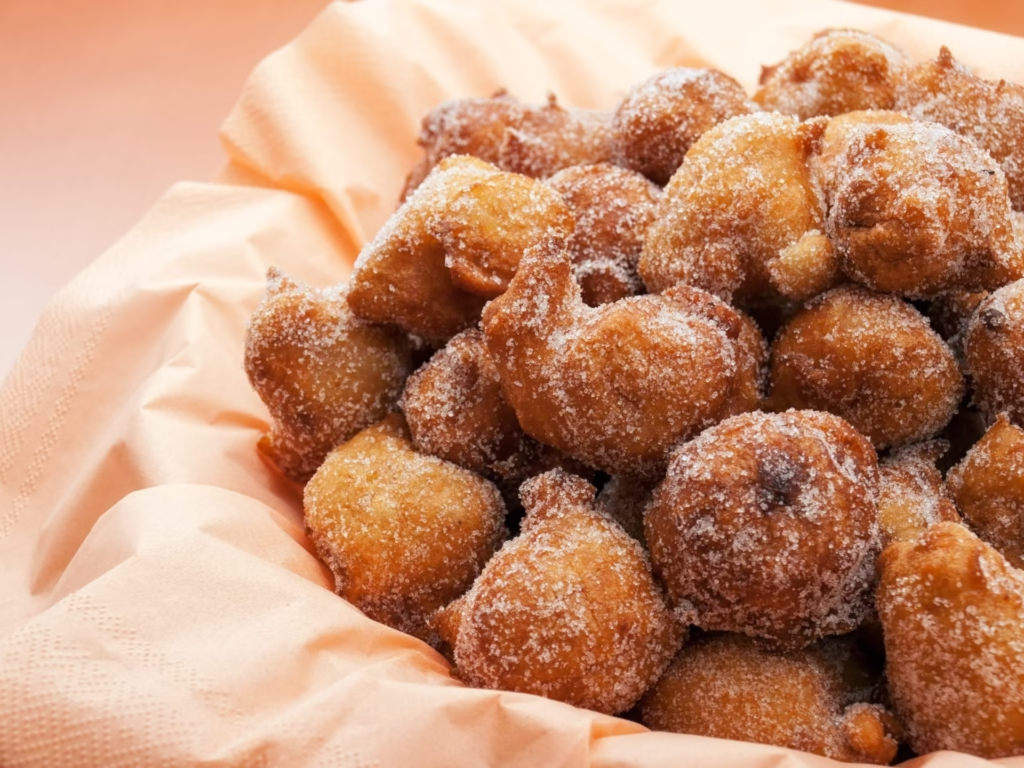Croatia is a year-round destination, but winter brings a unique culinary experience to the country. With cozy taverns and hearty meals, winter in Croatia is the perfect time to explore traditional dishes that have been prepared for centuries. This guide will take you through must-try Croatian winter dishes—from warming soups to decadent sweets—all infused with local flavors that create an unforgettable experience.

Table of Contents
ToggleWhat Makes Croatian Winter Cuisine So Special?
Croatian winter dishes are influenced by a blend of Mediterranean, Slavic, and Austrian culinary traditions. The hearty flavors, fresh local ingredients, and slow-cooked methods make these dishes perfect for combating cold weather. Whether you’re strolling through the snow-dusted streets of Zagreb or visiting a rustic village on the Dalmatian coast, the food is an essential part of experiencing winter in Croatia.
1. Štrukli: A Comforting Classic
Štrukli is a traditional Croatian dish that you simply can’t miss, especially during the colder months. Originating from the northern region of Hrvatsko Zagorje, štrukli consists of layers of dough filled with creamy cottage cheese, then either baked or boiled. Served hot, it offers comforting warmth after a chilly day exploring.

Štrukli is often served in various Zagreb restaurants, making it easy to find when you’re visiting the city. The baked version has a slightly crispy top layer, while the boiled version is soft and chewy. Whether enjoyed as an appetizer or a light main course, štrukli offers a cozy taste of tradition.
2. Sarma: The Quintessential Croatian Winter Meal
Sarma is a true winter staple throughout Croatia. This dish features pickled cabbage leaves stuffed with a savory mixture of minced meat, typically pork or beef, mixed with rice. Cooked slowly with smoked meat for extra flavor, sarma is a classic holiday dish that remains popular throughout the winter.
The secret to a good sarma lies in the fermentation of the cabbage, which gives the dish its distinctive, slightly tangy flavor. Sarma is often paired with mashed potatoes or crusty bread to soak up the rich juices, making it a hearty choice for cold evenings. This iconic winter dish is a must-try for anyone visiting Croatia in winter.
3. Pašticaėda: A Dalmatian Delight
Pašticaėda is a traditional Dalmatian beef stew that takes hours, sometimes even days, to prepare. It is one of the most beloved dishes in the coastal regions of Croatia, especially during winter festivities. The beef is marinated in vinegar, garlic, and various herbs before being cooked with red wine, prunes, and vegetables, resulting in a rich and flavorful dish.
This slow-cooked stew is often served with homemade gnocchi, allowing the tender meat and savory sauce to shine. If you’re traveling through Split or Dubrovnik during winter, be sure to try pašticaėda at a local konoba (tavern) for an authentic taste of Dalmatia.
4. Grah: Traditional Bean Stew
Grah, or Croatian bean stew, is a rustic dish that epitomizes winter comfort food. Made with white or kidney beans, chunks of smoked sausage, and vegetables, this stew is thick, flavorful, and perfect for warming up on a chilly day.
Grah is typically cooked slowly to fully develop its flavors, with the smoked meat adding a rich, savory taste. It is often served in rural areas, prepared in large batches to feed entire communities during winter gatherings. This hearty stew is ideal for anyone seeking a simple yet satisfying winter meal.
5. Fritule: Sweet Winter Treats
No winter culinary guide would be complete without something sweet, and in Croatia, that means fritule. These small, deep-fried dough balls are similar to doughnuts and are often flavored with raisins, lemon zest, and a touch of rakija (a traditional fruit brandy).
6. Bakalar: A Christmas Eve Tradition
Bakalar, or dried cod, is traditionally prepared for Christmas Eve across Croatia. This dish has roots in the Venetian influence on Croatian cuisine, particularly along the coastal regions. Bakalar can be served in two forms: bakalar na bijelo (in a creamy garlic sauce) or bakalar na crveno (cooked in a tomato-based sauce).
The preparation of bakalar involves soaking the dried cod for days, followed by slow cooking to create a flavorful dish that pairs well with polenta or boiled potatoes. Many Croatian families still uphold the tradition of preparing bakalar, making it a must-try if you visit during the holiday season.
7. Kulen and Kobasice: Cured Meat Specialties
Croatian winter wouldn’t be complete without indulging in some of the country’s famous cured meats, such as kulen and kobasice (sausages). These meats are spiced, cured, and often smoked, resulting in a rich, complex flavor that is perfect for winter.

Kulen, a spicy sausage from Slavonia, and kobasice are often enjoyed with slices of homemade bread and pickled vegetables. You’ll find these specialties served as part of a charcuterie platter in many Croatian households during winter, especially around the holidays.
8. Žganci: The Ultimate Comfort Dish
Žganci is a traditional dish often referred to as Croatian polenta. Made with cornmeal and served with toppings like sour cream, bacon, or even roasted meat, zganci is a filling meal that warms you from the inside out.
This dish is particularly popular in the inland regions of Croatia and is often served for breakfast or as a side dish. The rich toppings and hearty base make it a great choice for experiencing Croatian comfort food at its finest.
FAQs About Croatian Winter Cuisine
What are the must-try Croatian winter dishes?
Some must-try Croatian winter dishes include štrukli, sarma, pašticaėda, grah, and fritule. These dishes are hearty, flavorful, and perfect for the winter season.
Where can I find traditional winter dishes in Croatia?
Traditional winter dishes can be found throughout Croatia. Visit local konobas (taverns) in Zagreb, the Dalmatian Coast, and Slavonia for an authentic experience.
What is sarma, and why is it popular in winter?
Sarma is pickled cabbage leaves stuffed with a mixture of minced meat and rice. It is popular in winter due to its rich, comforting flavors and its association with festive holiday gatherings.
Is Croatian winter cuisine influenced by other countries?
Yes, Croatian winter cuisine is influenced by Mediterranean, Slavic, and Austrian traditions, resulting in a diverse array of hearty and flavorful dishes.
Are Croatian winter dishes vegetarian-friendly?
While many traditional dishes contain meat, there are vegetarian options like baked štrukli or zganci with sour cream. However, it’s best to ask about ingredients at local restaurants.
Conclusion
Croatian winter cuisine offers a rich tapestry of flavors, comfort, and tradition. From savory stews like sarma and pašticaėda to sweet treats like fritule, there’s something for every taste. Winter is the perfect time to experience Croatia’s hearty dishes, often prepared with love and shared among family and friends. So next time you visit Croatia during the colder months, make sure to indulge in these culinary delights—they’re more than just food; they’re a taste of Croatian culture and history.
Disclosure: This page may contain affiliate links. This means that we get a small commission from any purchase you make, at no additional cost to you!


